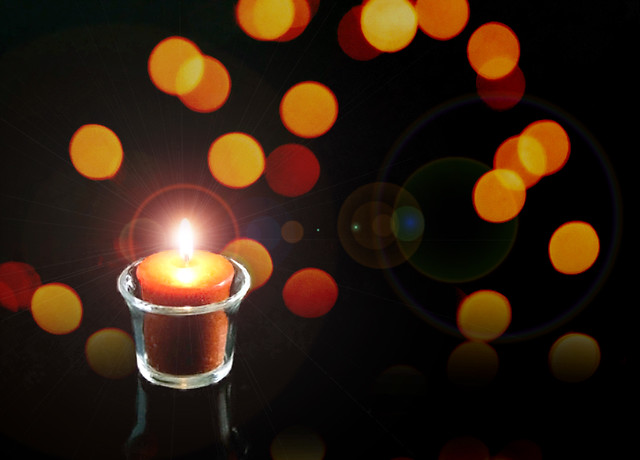The further you live from the equator, the better you understand this phenomenon (though South of the equator in happens in June) - as the days get shorter and shorter, it wears on our bodies and minds. We're calibrated to need sunlight. Vitamin D is absorbed via sunlight, and associated with bone and cardiovascular health, neurological functioning (e.g., Multiple Sclerosis, Parkinson's, Alzheimer's), certain cancers, and overall mortality. Sunlight also impacts the body's production of melatonin, which regulates circadian rhythms (i.e., the sleep-wake cycle), body temperature, digestion, cognitive function, and mood.
As the earth tilts on its axis, moving our hemisphere away from the sun, we get a lot less sun. There are fewer hours of sunlight each day, the sun is lower on the horizon (right now, the sun doesn't make it high enough to come in through the car's sunroof, even at midday!), and it's cold outside, so we're not out in the sun as often, even when it's shining.
It's no surprise, then, that so many people suffer from seasonal depression (or "Seasonal Affective Disorder" - SAD). On top of holiday stress and family dramas, our bodies are just not getting the sunlight they need to function optimally. Wikipedia reports that SAD occurs in 9.7% of New Hampshire residents, but only 1.4% of Florida residents (presumably because Florida is much closer to the equator and does not lose as many hours of daylight during the winter).
Perhaps because of all of this wear on our bodies and minds, each of the December holidays centers in some way on light. Chanuka celebrates the lamp that did not go out for 8 days during the Maccabean revolt by lighting candles for 8 days and nights. The Advent season leading up to Christmas is marked by adding one candle each week to the Advent Wreath (not to mention the less-religious lighting of trees and houses). Kwanzaa celebrates African American heritage by lighting candles for 7 days. And at least in the contemporary world, the New Year is marked with fireworks, and the dropping of a giant lighted ball suspended on top of a tall structure.
Are all these light-based rituals coincidental? I think not. I think they are our collective attempt to cope with too little daylight by 1) making it meaningful, and 2) "undoing" the darkness with symbolic lights. These rituals give us hope, and something to look forward to when our outer world seems barren. At least for me, the season of light sustains me through the dark December, holding the real bleakness of winter at bay for another month.
After December, we have to turn to other sources of hope - the days slowly getting longer, for example. With all of our science, we can also turn to other methods of meeting our body's needs: Vitamin D comes as a supplement. Sitting by a full spectrum light in the morning (or blue spectrum, per recent research), and/or taking melatonin supplements at night can help to re-regulate circadian rhythms. Any or all of the above can fight SAD and improve mood.
What do you do to cope with the shorter days during winter? How do you understand or celebrate this "Season of Light."

No comments:
Post a Comment